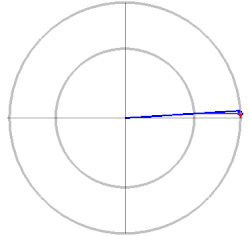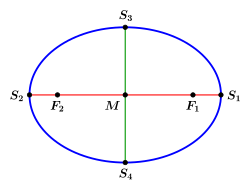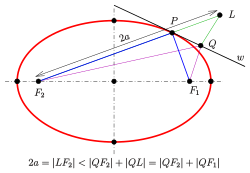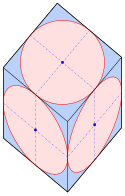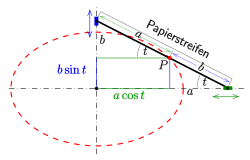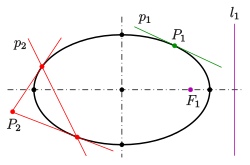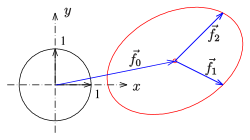Saturn - Lord of the Rings
This image of Saturn, the second-largest planet in the solar system, was obtained at a time when Saturn was close to summer solstice in the southern hemisphere. At this moment, the tilt of the rings was about as large as it can be, allowing the best possible view of the planet's South Pole. That area was on Saturn's night side in 1982 and could therefore not be photographed during the Voyager encounter. The dark spot close to the South Pole is a remarkable structure that measures approximately 300 km across. The bright spot close to the equator is the remnant of a giant storm in Saturn's extended atmosphere that has lasted more than 5 years.
The present photo provides what is possibly the sharpest view of the ring system ever achieved from a ground-based observatory. Many structures are visible, the most obvious being the main ring sections, the inner C-region (here comparatively dark), the middle B-region (here relatively bright) and the outer A-region, and also the obvious dark "divisions", including the well-known, broad Cassini division between the A- and B-regions, as well as the Encke division close to the external edge of the A-region and the Colombo division in the C-region. Moreover, many narrow rings can be seen at this high image resolution, in particular within the C-region. |
This media was created by the European Southern Observatory (ESO).
Their website states: "Unless specifically noted, the images, videos, and music distributed on the public ESO website, along with the texts of press releases, announcements, pictures of the week, blog posts and captions, are licensed under a Creative Commons Attribution 4.0 International License, and may on a non-exclusive basis be reproduced without fee provided the credit is clear and visible." To the uploader: You must provide a link (URL) to the original file and the authorship information if available. |
Diese Datei ist lizenziert unter der Creative-Commons-Lizenz „Namensnennung 4.0 international“.
| |
Relevante Bilder
Relevante Artikel
EllipseEllipsen sind in der Geometrie spezielle geschlossene ovale Kurven. Sie zählen neben den Parabeln und den Hyperbeln zu den Kegelschnitten. Eine anschauliche Definition verwendet die Eigenschaft, dass die Summe der Abstände eines Ellipsenpunktes von zwei vorgegebenen Punkten, den Brennpunkten, für alle Punkte gleich ist. Sind die Brennpunkte identisch, erhält man einen Kreis. .. weiterlesen
















